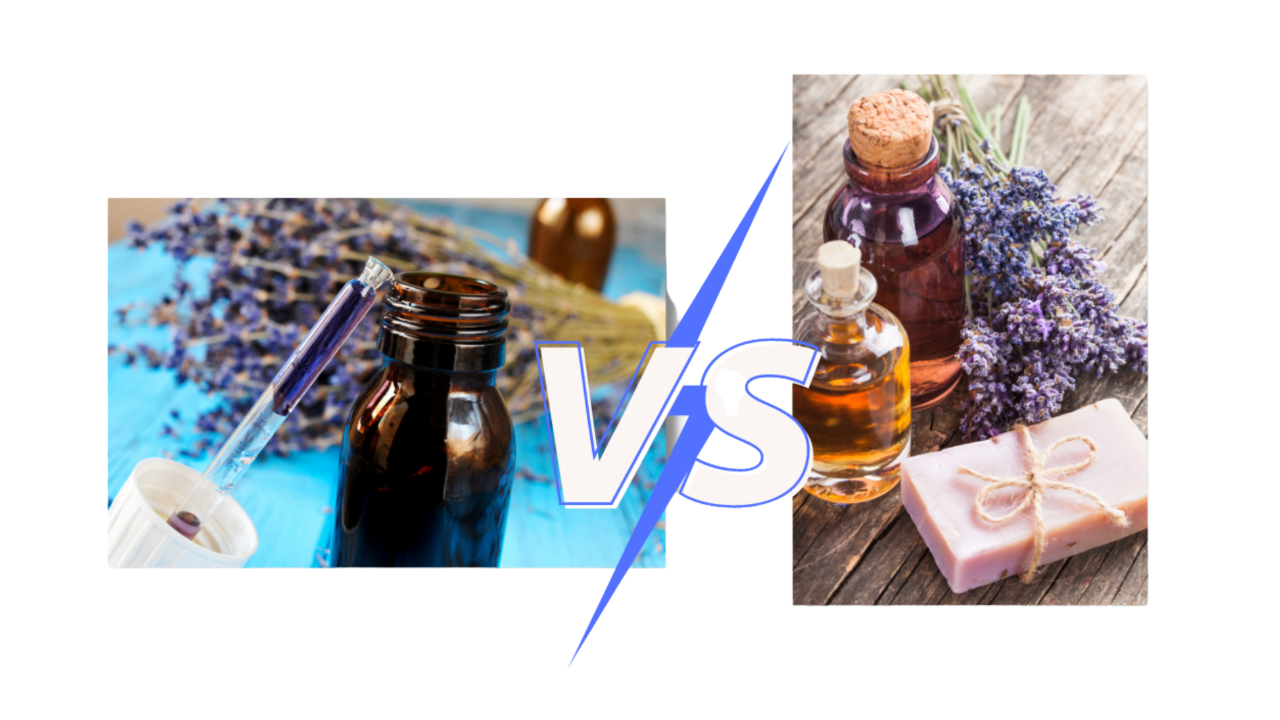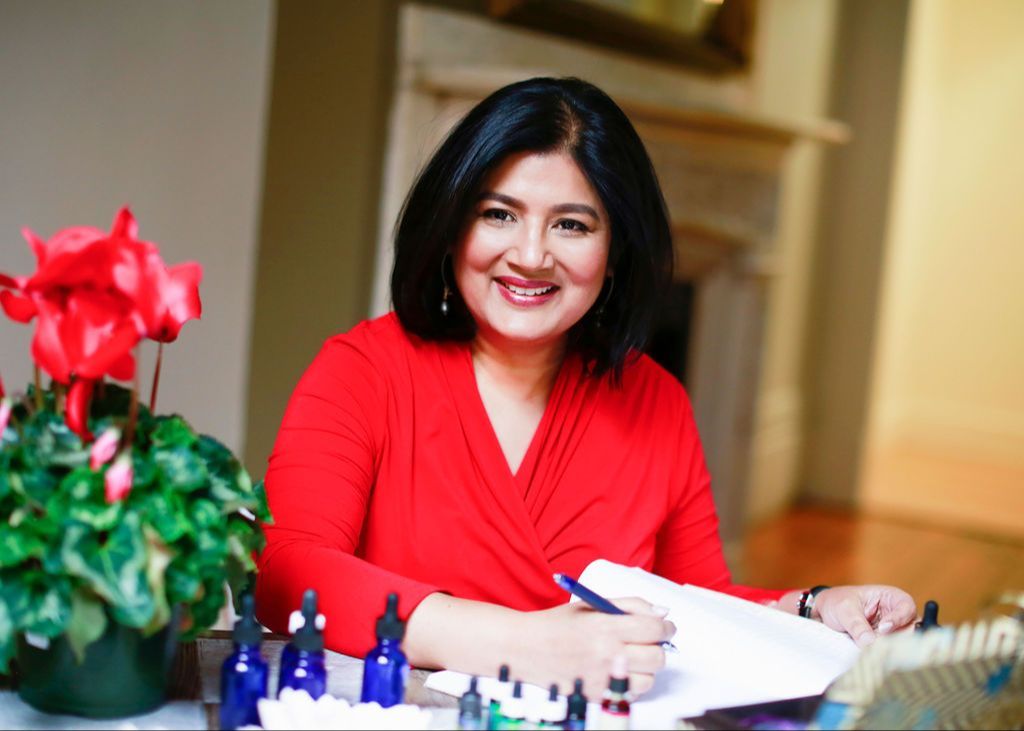
For all their color and beauty, flower essences have no smell. When I say, “I’m a flower essence practitioner,” people often respond, “Oh, an aromatherapist.” It’s easy to assume that flower essences are the same as essential oils, which, like most flowers, have a fragrance.
- Scented and Unscented
Essential oils as the name suggests are oils extracted from the stem, leaves, or other parts of the plant through steam distillation or other methods and carry a smell or fragrance. Through the ages, they have often used in perfumes.
Essences on the other hand, have no smell. They are the “energetic” healing essence of the flower and not part of its physical structure. Unlike an essential oil, an essence captures the energetic imprint of the flower which is then used to shift specific emotions.
- Quantities needed
Flower essences are made from wildflowers. Flowers are picked just before they are at their peak and floated in a crystal or glass bowl that is placed on the earth or rocks under a cloudless sky. The flowers cover the surface of the bowl.
The alchemy of earth, water, sunlight, and air create a flower essence—water that is energetically imprinted with the emotional healing property of the flower. The flowers are then removed with pincers so that human hands do not touch the flowers, and the water is strained and preserved with brandy.
That is how you get a flower essence. To make an essence, you just use enough flowers to cover the surface of the water. Therefore, only a few flowers are needed.
Unlike flower essences, you need a lot of flowers to create an essential oil. For instance, it takes 10,000 roses to create 5 ml or about a teaspoon of essential oil.
- Internal Versus External
Essential oils are applied topically and can be toxic if taken internally. Even a topic application requires essential oils to be diluted with a carrier oil.
Flower essences, on the other hand are taken orally. Typically, several essences are combined to create a customized bottle from which you take 4 drops 4 times a day. Flower essences are completely gentle and safe even for children and pets. They have no side effects.
- How they work
Essential oils are often used to address physical symptoms and provide overall stress relief through diffusion of their smell. They work through the olfactory system and the associated regions of the brain that govern our stress response.
Flower essences work at the energetic level. They are targeted towards specific emotions and the thoughts that are connected to those emotions. For instance, our judgments can drive us crazy. The “shoulds,” the “musts,” the “have-to’s” and all kinds of judgments about ourselves, others, situations, and events. Flower essences shift these thoughts and provide calmness, clarity, direction and give us inner confidence.
The History of Flower Essences
Emotions have an energetic frequency almost like radio waves as the neuroscientist Candace Pert said. Each flower essence works with the energy of the emotion creating a vibrational resonance that shifts the frequency of the thoughts and emotions you experience.
The unique, positive, energetic vibration of different flowers were identified in the 1930s by an English surgeon, Edward Bach, who turned his back on his lucrative medical practice and went on to become the creator of flower essence remedies. Just as certain flowers have been used to heal the physical body, they have also been used to heal emotional imbalances for thousands of years.
Papyrus scripts dating back to ancient Egypt, or even in indigenous cultures point to their use in emotional healing. In the twelfth century, the German mystic, Hildegard von Bingen, placed muslin sheets over flowers at night. Wet with the morning dew, she would wring them out and use the water to treat emotional imbalances in the people who came to see her.
Lost through time, the healing properties of flowers were again discovered by Dr. Bach almost a hundred years ago. He brought his medical training, as well as subsequent years of research and study in the laboratory to document and classify the flower essences he created. He also developed the simple method described above of capturing the healing energy of the flower.
Capturing The Energy of a Flower
Dew, since time immemorial was believed to have magical, restorative properties in different cultures all over the world. But clearly it is challenging to collect enough dew! Flower essences get as close to that as possible.
Using the method described above, a flower essence captures the energy of the flower imprinted in the morning dew at dawn—a liminal space that exists between the coolness of the night and the warmth of the morning sun. Case studies and observations on the healing properties of the flowers Dr. Bach identified exist all the way up until today.
How To Create Your Own Flower Essence Bottle
To create your own flower essence—fill a 30 ml dosage bottle with spring water and add 2 drops of each essence you choose. You can preserve the water in this bottle with a teaspoon of brandy or glycerin as an alcohol-free alternative. You then take four drops four times a day from the customized dosage bottle. Once on waking, and twice during the day, and again just before going to bed. The drops can be put in your tea, coffee, soup, or just directly in your mouth with the little dropper that comes with the bottle.
Alternatively, you can put 2 drops of the essence in a glass of water and sip it through the day. While a dosage bottle can last up to three weeks, you would have to put 2 drops of the essence in water each day for a few weeks to notice the difference. And just as Dr. Bach suggested, remember to combine no more than seven essences.
For more information on how flower essences work, you can watch this video.


